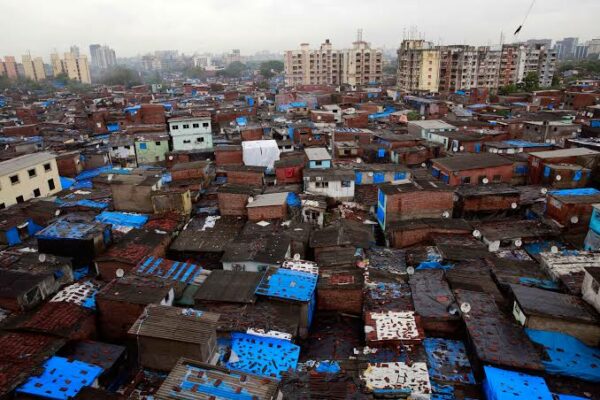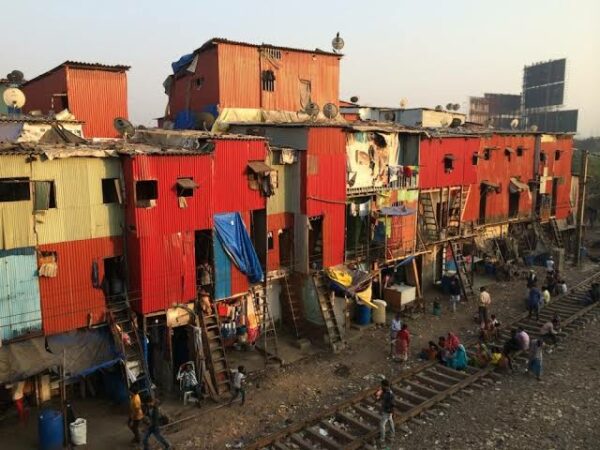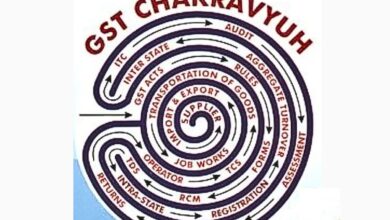
Model Tenancy Act MTA is a breath of fresh air for crowded housing spaces of Mumbai. Owning affordable housing in Mumbai and other metro cities is a significant wish on the bucket list of people living there. Recently the Union Cabinet approved Model Tenancy Act MTA for all the states and union territories and circulated notification for quick adaption. The act will also look into amending existing rental laws.
The main aim of the act is to unlock vacant houses for rental housing purposes in metros. The hidden motive behind the MTA is to fill the housing role of the state, which it failed to do. The MTA will ensure private participation in rental housing and promote it as a business model so that more people allow rental housing.
Every solution given by the state involves participation from the private sector. Precise delineation of obligations and duties of landlords and tenants will bridge the trust deficit and increase the rental housing spaces. MTA will also do the maintenance job of repairing laws related to rental housing across the country. The first draft of the act was released in 2019, which the Cabinet cleared in 2021.
MTA was the need of the hour because the new India shifts to cities and metros for better employment opportunities and educational institutions. This leads to the crowding of metros which burdens the existing resources, thereby increasing their cost. Food, housing, land, water etc, becomes costly. People with humble backgrounds and beginnings are forced to live in slums, dire living conditions, cheap hostels et cetera.
Healthy, sanitised and affordable housing must be the right of every individual. Solutions to this problem are either educational and economic prospects in villages, and small cities are improved, or the housing laws are restructured. The second option seems to be more accessible and a quick fix to the solution. Mahatma Gandhi always believed in self sufficiency of the villages so that situations like these do not arise.
What does the model tenancy act MTA state? Why was a regulation necessary in the housing sector?
The MTA won’t be applicable retrospectively, meaning it will not affect the existing landlords and tenants. The MTA mandates written agreements or contracts for all new tenants. Every agreement will be submitted to the rent authority of the concerned district. The new act also outlines the roles and responsibilities of landlords and tenants. The landlord has to bear the cost of structural repairs, white-washing of walls and painting of doors and windows. The tenant has to bear the responsibility of drain cleaning, repairing switches and sockets, fixing the kitchen, fixing glass panels in the windows, doors, maintain the garden and open spaces.
No landlord will stop or withhold the supply of essential services in the premises occupied by the tenants (if your landlord is mad at you for playing loud music, he cannot cut the electricity supply as revenge). If the tenancy agreement is not renewed, the agreement will be renewed on a month to month basis on the existing conditions of the previous tenancy contract. This arrangement is only allowed for a period of six months. If non-vacancy is within the extended period of six months of agreed tenancy or the tenancy is terminated by order or notice, the tenant is at fault.
The tenant will pay double the monthly rent for two months and four times the monthly rent after that. The landlord has to convey a message in writing or via an electronic medium to the tenant if he wishes to visit the premises. The message has to be delivered to the tenant one day before the visit (if your landlord decides to visit, he has to convey it in writing first. So that tenants can clean rooms and it’s no longer a surprise).
The security deposit demanded by the landlord cannot exceed two months rent for residential purposes and six months of rent for non-residential purposes. The act will apply to residential, educational and commercial use only. The act won’t cover hotels, housing, inns, lodging et cetera.
The regulation was necessary because, according to the 2011 census, around 1.1 crore houses were vacant in the country. Because they were either stuck in legal disputes with the tenancy or policy bottlenecks inhibit renting. The pro-tenant rent control laws were the bone of contention. The government also wants to complete the vision of ‘housing for all’ by 2022, and this regulation will add another feather to the cap.
What are the facilities for the private sector entering the rental market?
The MTA establishes an independent authority in every state and union territory and provides separate rent courts to solve tenancy related disputes. According to the World Bank’s doing business report in 2018, average civil disputes take 1445 days for disposal. Providing separate courts for rental disputes will fastrack the adjudication process and unlock rental housing stuck in legal disputes. Hence faster delivery of justice in rent disputes will motivate the private sector to enter the market. Models like to build to rent and rent to own can be floated in the market.
Under build to rent private residential properties around schools, colleges, coaching, IT parks, et cetera can be lucrative for the tenant and the landlord. It will provide the landlord with lucrative returns and the tenant with affordable, clean housing within proximity. Under rent to own model, the landlord will sell their house to the tenant in future against a contract with the necessary clauses fostering the transfer of ownership.
The rent to the old model is popular in Middle East, Africa and the United Kingdom. It will benefit the real estate developers in India who have unsold ready to move in houses. It will also help the Indian real estate developers to cut taxes.
Is the MTA a viable solution to the housing problems in metros and cities?
No, the MTA is not the solution to the housing problem. Even if laws and regulations are amended to ensure speedy delivery of justice and delineated roles of tenant and the landlord, the main issue at hand is not addressed. Land and urban development remain a state subject on which laws of the Centre are not applicable. Hence the existing laws in every state on rent and tenancy will continue to operate.
The state laws are pro-tenant, meaning there is a cap on the maximum amount of rent charged. Due to low rent, the landlords do not upgrade living conditions which are depressing and deadly for the lives of low-income groups and migrants. The cap on the rent is the reason why chawls and deprived housing emerge. If the private sector comes into the picture, it will not charge less. The private sector can provide five-star grade housing services but will charge extravagantly.
Either the MTA needs a revision on rent cap and providing good quality rental units, or a separate law has to be made. This act means well in nature and spirit, but it is the implementation in all states and union territories that will decide its utility. The progress card for the MTA will not show an A grade because the act is not binding on states.
The Centre will have to morally persuade the states to implement the MTA so that housing conditions in India improves. The states can see this act as an opportunity to unlock vacant houses, which will generate economic returns for the landlord, simultaneously providing tenants with good living conditions. Apart from this, to reduce the burden on limited resources of metros and cities, the government has to plan on increasing employment opportunities in villages.




